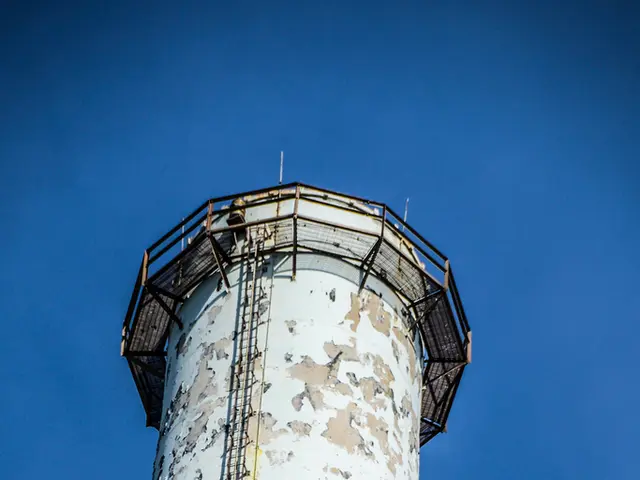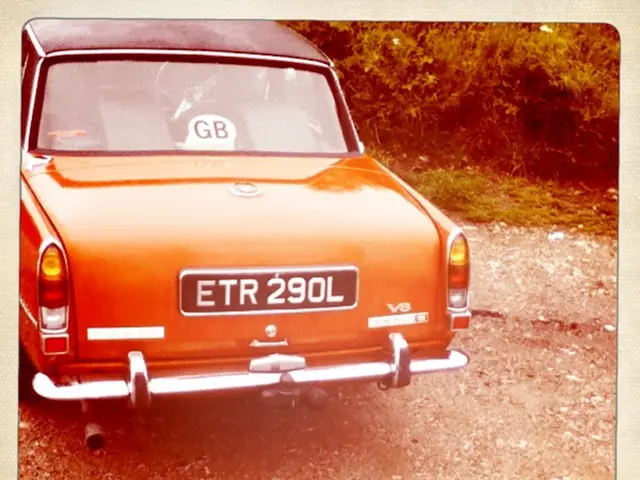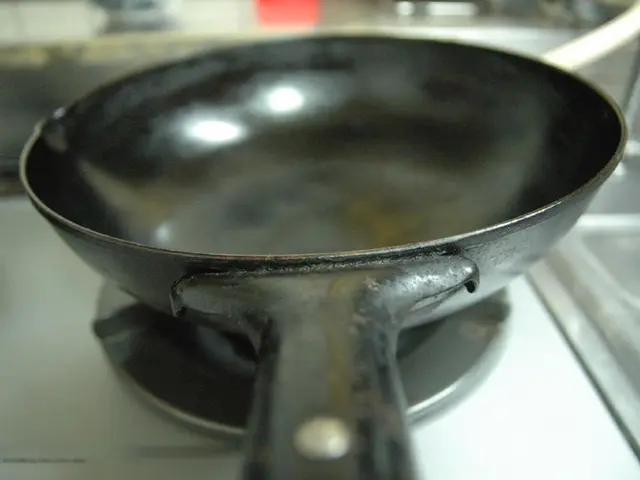Aviation Alarm: FAA Probes Boeing 787 Fuselage Safety Issues
Engineer at Boeing raises concerns about potential security vulnerabilities in Dreamliner aircraft.
The investigators descended upon Boeing once more after a crash of an Air India 787-8 Dreamliner revived doubts about the safety of their aircraft. According to FAA data, this specific Dreamliner model has historically been accident-free.
However, in April 2021, the FAA sprang into action over safety concerns raised by Boeing engineer Sam Salehpour. This sharp whisperer claimed that the Dreamliner’s fuselage sections, sourced from various suppliers, might not fit together perfectly, resulting in parts separating after vast numbers of flights. Boeing initially responded that they’d performed intensive tests on the Dreamliners and found nothing impeding flight safety.
As for the crashed Air India aircraft, the civil aviation authority of India stated it dropped from the sky shortly after takeoff, sending a distress call before crashing off the airport grounds. A video on social media shows the plane rapidly losing altitude, its nose pitched upward, before slamming into a building in a fiery explosion.
While Boeing faces a pressurized environment due to a string of mishaps and accusations of lax safety measures, the company’s issues seem far from over. In January 2021, a section of the cabin wall on an Alaska Airlines Boeing 737 MAX 9 detached mid-flight, necessitating an emergency landing. Similar incidents occurred in March and April, when a wheel flew off a Boeing 777 during takeoff, and a 737 had to abort takeoff due to engine damage.
Experts implicate production flaws and maintenance errors as the root of these crises.
Did You Know?The FAA is studying allegations of incorrect manufacturing practices associated with the Boeing 787 Dreamliner, including concerns about improper assembly of fuselage joints and the possible use of substandard parts in production. The FAA investigation is ongoing and includes investigating potential record falsification by Boeing employees. Whistleblowers have said they faced professional retaliation for voicing their concerns. A recent crash and revelations of previous emergency landings have brought renewed attention to safety concerns regarding the Dreamliner. Sparked to action by the whistleblower Sam Salehpour, the FAA is investigating the potential for gaps in fuselage joints that could compromise the aircraft's safety. The investigation is an extension of broader scrutiny of Boeing’s safety practices following recent allegations and challenges the company faces in restoring public trust.
- The FAA is investigating allegations of improper assembly of fuselage joints and the possible use of substandard parts in Boeing's community policy regarding the 787 Dreamliner, as part of a broader scrutiny of Boeing’s safety practices.
- Vocational training for Boeing employees may be necessary to ensure the correct assembly of fuselage joints and the use of approved parts to maintain the safety of their aircraft, especially in the aerospace industry.
- Financial implications and potential consequences of false records and improper practices in Boeing's production line could be drastic, especially in the face of ongoing investigations by the FAA and general-news reporting on the safety issues of the 787 Dreamliner.
- Crime-and-justice concerns also arise as whistleblowers from Boeing have alleged professional retaliation for voicing their concerns, raising questions regarding the company's commitment to justice and fairness for its employees in vocational training and industry practices.








